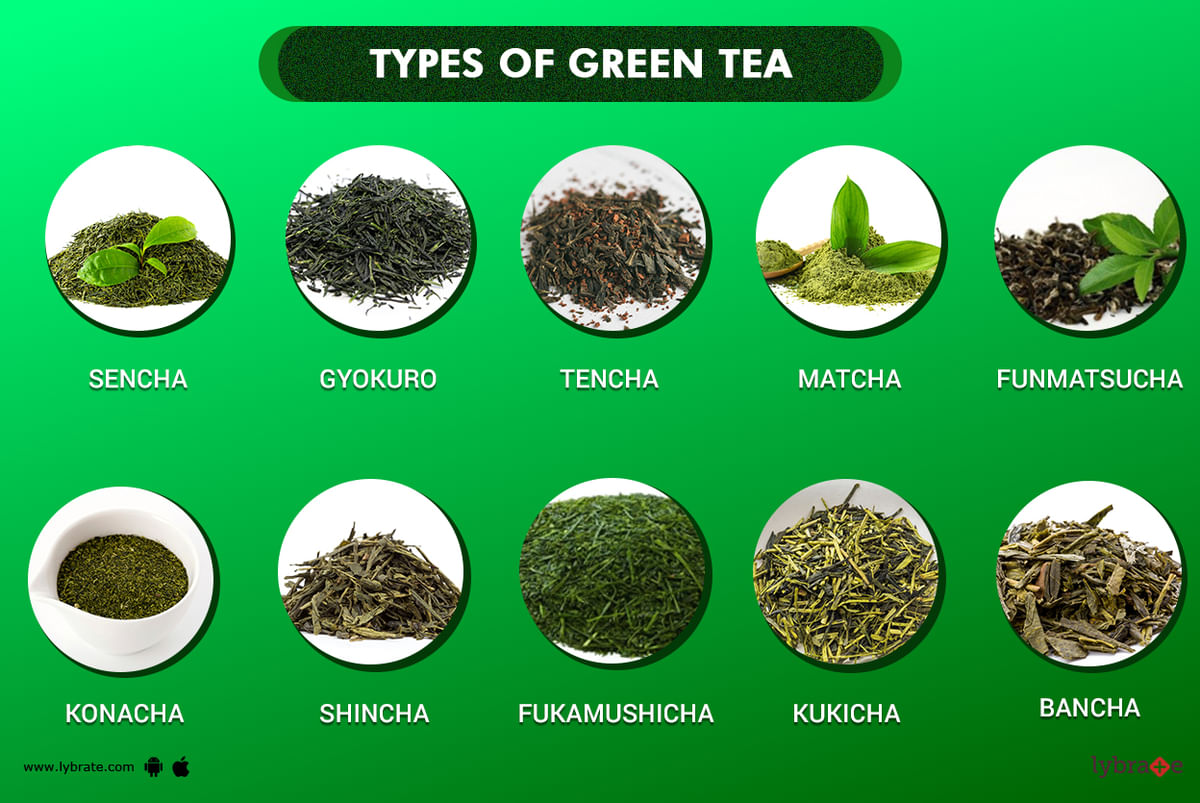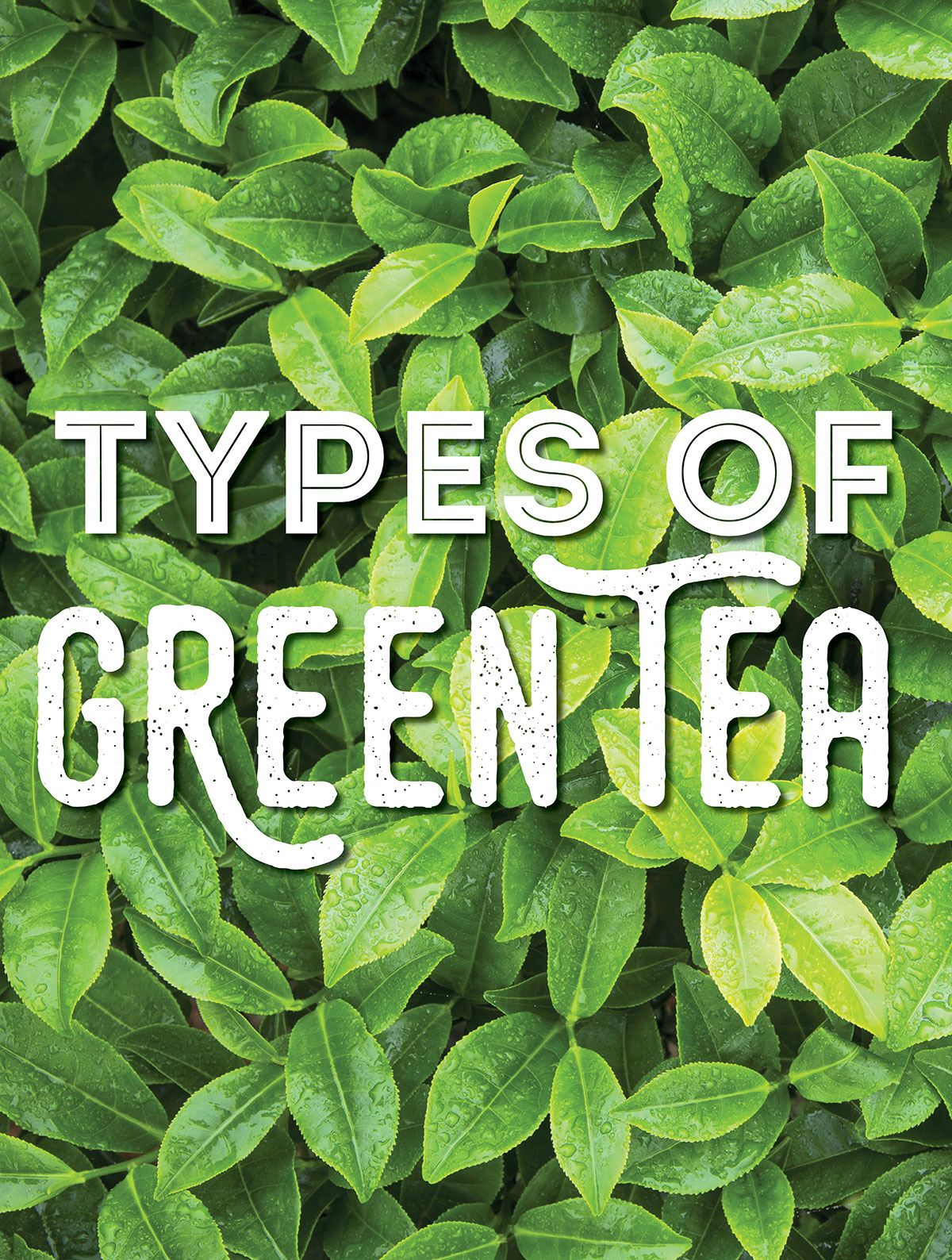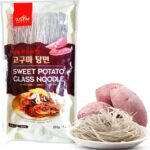Your trusted source for simple, practical nutrition advice and tips for a healthier lifestyle.
There are various types of green tea, including Sencha, Matcha, Gyokuro, and Bancha. Each offers unique flavors and health benefits.
Green tea has been enjoyed for centuries and is renowned for its health benefits. Originating from China, it has spread globally, with many varieties available. Sencha, the most common type, is known for its grassy flavor and light aroma. Matcha, a powdered form, is popular for its vibrant color and rich taste.
Gyokuro, shade-grown, offers a sweeter, more complex flavor. Bancha, harvested later in the season, has a stronger, more robust taste. Each type of green tea provides a unique experience, making it a versatile and beloved beverage worldwide. Enjoying different types of green tea can enrich your palate and enhance your well-being.
Introduction To Green Tea
Green tea is a popular beverage worldwide. It is known for its rich flavor and health benefits. This tea originates from the Camellia sinensis plant. The leaves are quickly heated after picking to prevent oxidation.
Origins And History
The history of green tea dates back thousands of years. It began in China during the Tang Dynasty. Green tea then spread to Japan. Buddhist monks introduced it in the 9th century. It became a part of Japanese culture.
Health Benefits
Green tea offers many health benefits. It contains antioxidants like catechins. These help reduce cell damage. Green tea also has caffeine. This improves brain function and alertness. Drinking green tea may aid in weight loss. It boosts metabolism and burns fat.
| Type | Origin | Flavor |
|---|---|---|
| Sencha | Japan | Grassy and sweet |
| Longjing | China | Nutty and fresh |
| Matcha | Japan | Rich and creamy |
- Rich in antioxidants
- Enhances brain function
- Supports weight loss
- Pick fresh leaves
- Quickly heat to prevent oxidation
- Enjoy the fresh taste

Credit: www.lybrate.com
Sencha
Sencha is one of the most popular types of green tea. It’s known for its refreshing flavor and numerous health benefits. This tea is made from the top leaves of the Camellia sinensis plant. The leaves are steamed, rolled, and then dried. Let’s dive into the unique characteristics of Sencha.
Flavor Profile
Sencha offers a delicate balance of sweet and astringent flavors. Its taste can vary based on the growing conditions and processing methods. Generally, it has a grassy and earthy flavor with hints of umami.
Some Sencha teas have a seaweed or marine note, adding complexity to the taste. The aroma is fresh and inviting, often reminding people of freshly cut grass. The color of the brewed tea is usually a vibrant green.
Brewing Tips
Brewing Sencha requires attention to detail. Follow these tips for the best results:
- Use fresh, filtered water for the best taste.
- Heat the water to 75-80°C (167-176°F).
- Add one teaspoon of Sencha leaves per cup.
- Steep for 1-2 minutes to avoid bitterness.
- Strain the leaves and enjoy your tea!
For a richer flavor, you can experiment with the steeping time and leaf quantity. Always store your Sencha in a cool, dark place to maintain its freshness.
| Factor | Details |
|---|---|
| Water Temperature | 75-80°C (167-176°F) |
| Leaf Quantity | One teaspoon per cup |
| Steeping Time | 1-2 minutes |
By following these tips, you can enjoy a perfect cup of Sencha every time.
Matcha
Matcha is a unique type of green tea. It is made from powdered tea leaves. This makes it different from other green teas. Drinking Matcha offers a rich, bold flavor and many health benefits.
Unique Preparation
Matcha has a special preparation process. It begins with shade-grown tea leaves. These leaves are hand-picked and dried. Next, they are ground into a fine powder. This powder is whisked with hot water. This creates a frothy and vibrant green tea.
Tools used for making Matcha include:
- Chasen: A bamboo whisk
- Chashaku: A bamboo scoop
- Chawan: A tea bowl
Nutritional Benefits
Matcha is packed with nutrients. It is known for its high antioxidant content. One of the most important antioxidants in Matcha is EGCG (epigallocatechin gallate). This compound helps to fight inflammation and may reduce the risk of chronic diseases.
Here are some key nutritional benefits of Matcha:
- Rich in catechins: Powerful antioxidants
- Boosts metabolism: Helps in weight loss
- Enhances calmness: Contains L-theanine
- Detoxifies the body: High in chlorophyll
Matcha also provides a good amount of vitamins and minerals:
| Nutrient | Benefit |
|---|---|
| Vitamin C | Boosts immune system |
| Vitamin A | Supports eye health |
| Potassium | Maintains fluid balance |
| Iron | Prevents anemia |
Drinking Matcha daily can improve your health. It is a delicious way to stay healthy.
Gyokuro
Gyokuro is a prized green tea from Japan. Its name translates to “jade dew.” This tea is known for its rich flavor and deep green color. Gyokuro is unique because it is grown in the shade. Let’s dive into what makes this tea special.
Distinct Characteristics
Gyokuro has some distinct characteristics that set it apart:
- Shade-grown: The tea plants are shaded for 20 days before harvest.
- Vibrant green color: The leaves are a deep green shade.
- Rich flavor: The flavor is sweet and mellow.
- Aroma: It has a fresh, grassy aroma.
How To Brew
Brewing Gyokuro requires some care. Follow these steps for the best taste:
- Water temperature: Use water at 50-60°C (122-140°F).
- Tea leaves: Use 2 grams of tea per 30 ml of water.
- Steeping time: Steep for 2 minutes.
- Teapot: Use a small teapot, like a kyusu.
Here is a table summarizing the brewing process:
| Step | Details |
|---|---|
| Water Temperature | 50-60°C (122-140°F) |
| Tea Leaves | 2 grams per 30 ml |
| Steeping Time | 2 minutes |
| Teapot | Small teapot (kyusu) |
Enjoying Gyokuro is a special experience. Its unique growing method and careful brewing bring out the best flavor.
Bancha
Bancha is a popular type of green tea in Japan. It is made from the same plant as other green teas, but it is harvested later in the season. This gives Bancha a unique flavor profile and a distinct set of characteristics.
Flavor And Aroma
Bancha has a more robust and earthy flavor than other green teas. Its aroma is mild and pleasant, making it a comforting choice. This tea has a slightly astringent taste with a hint of sweetness. The leaves are larger and coarser, contributing to its unique taste.
Best Time To Drink
The best time to enjoy Bancha is after meals. It aids digestion and helps cleanse the palate. Due to its low caffeine content, Bancha is suitable for drinking throughout the day. Many prefer it in the evening as it won’t disrupt sleep.
| Aspect | Details |
|---|---|
| Flavor | Robust, earthy, slightly astringent |
| Aroma | Mild and pleasant |
| Best Time to Drink | After meals, throughout the day |
| Caffeine Content | Low |
Many people find Bancha to be a versatile and enjoyable tea. Its unique properties make it a staple in many households.
Genmaicha
Genmaicha is a unique type of green tea that combines two ingredients: green tea leaves and roasted brown rice. This blend offers a distinct flavor and a rich cultural history. Known for its nutty and toasty taste, Genmaicha stands out among other green teas.
Ingredients And Taste
Genmaicha is made with two main ingredients:
- Green Tea Leaves: Usually Sencha or Bancha.
- Roasted Brown Rice: Adds a nutty flavor.
This tea has a unique taste profile. The green tea leaves provide a fresh and slightly bitter flavor. The roasted brown rice adds a toasty, nutty note. Together, they create a balanced and comforting tea.
Cultural Significance
Genmaicha has deep roots in Japanese culture. It is often called “popcorn tea” because some rice grains pop during roasting. This tea was originally consumed by poor Japanese people. They used rice to make the tea more filling. Today, it is enjoyed by all social classes.
Genmaicha is also popular during fasting and meditation. Its mild taste and low caffeine content make it suitable for long periods of drinking. Monks often drink it during meditation sessions.
Hojicha
Hojicha is a unique type of green tea from Japan. This tea stands out because it is roasted. This process gives it a distinct flavor and aroma. Hojicha has a warm, nutty taste that many people love. It is also low in caffeine, making it a great choice for evening tea.
Roasting Process
The roasting process is what makes Hojicha special. Fresh green tea leaves are roasted at high temperatures. This roasting changes the color from green to brown. It also creates a smoky, earthy flavor. The roasting process reduces the caffeine content. This makes Hojicha a mild tea that is perfect for any time of day.
Health Advantages
Hojicha offers many health advantages. It is rich in antioxidants, which help protect your body. These antioxidants can boost your immune system. Hojicha also contains vitamins and minerals. These nutrients support overall health.
Here are some key benefits:
- Low in caffeine, perfect for evening consumption
- Rich in antioxidants that protect your cells
- Contains vitamins and minerals
- Can boost your immune system
Many people find Hojicha to be a soothing, relaxing tea. Its warm flavor can help reduce stress. Drinking Hojicha can be a comforting ritual. This tea’s unique taste and health benefits make it a favorite for many.

Credit: brewbuch.com
Kukicha
Kukicha, also known as twig tea, is a unique type of Japanese green tea. It is made from the stems, stalks, and twigs of the tea plant. This tea offers a rich, nutty flavor and is lower in caffeine than other green teas.
Stems And Twigs
Kukicha is different from other green teas because it uses the plant’s stems and twigs. These parts are usually discarded in the production of other teas. The stems and twigs give Kukicha its unique character and distinct taste.
After harvesting, the stems and twigs are separated from the leaves. They are then steamed and dried. This process helps to preserve their fresh flavor and aroma.
Flavor Notes
Kukicha has a mild, nutty flavor with a hint of sweetness. It also has a creamy texture that many tea lovers enjoy.
The unique flavor comes from the high concentration of stems and twigs. This makes Kukicha stand out among other green teas.
Here is a simple table that summarizes the key characteristics of Kukicha:
| Characteristics | Details |
|---|---|
| Type | Green Tea |
| Main Ingredients | Stems, Stalks, Twigs |
| Flavor | Nutty, Mild, Sweet |
| Caffeine Level | Low |
Overall, Kukicha is a delightful tea that offers a different experience. It is perfect for those looking to explore the diverse world of green teas.
Choosing The Right Green Tea
Choosing the right green tea can be confusing. There are many types available. Each type has its unique flavor and benefits. Understanding your preferences and how to pair green tea with food will help you make the best choice.
Personal Preferences
When selecting green tea, consider your personal preferences. Do you enjoy a bold, grassy flavor or a light, sweet taste? Here’s a quick guide:
- Sencha: Bold, grassy flavor. Popular in Japan.
- Matcha: Rich, creamy, and slightly bitter. Used in tea ceremonies.
- Gyokuro: Sweet, mild flavor. High-quality and shade-grown.
- Bancha: Milder than Sencha. Good for daily drinking.
- Genmaicha: Toasty and nutty. Mixed with roasted brown rice.
Try different types to find your favorite. Each one offers a unique experience.
Pairing With Food
Pairing green tea with food can enhance flavors. Here are some suggestions:
| Green Tea Type | Food Pairing |
|---|---|
| Sencha | Seafood, salads, and light snacks. |
| Matcha | Sweet desserts, especially mochi and chocolate. |
| Gyokuro | Sushi, sashimi, and fine cheeses. |
| Bancha | Grilled meats, hearty soups, and stews. |
| Genmaicha | Nuts, rice dishes, and vegetable stir-fries. |
Experiment with these pairings. You might discover new favorite combinations.
Choosing the right green tea involves understanding your tastes. Consider how it complements your meals. Enjoy the journey of finding your perfect match!

Credit: bento.com
Frequently Asked Questions
What Are The Main Types Of Green Tea?
There are several main types of green tea. The most popular ones include Sencha, Matcha, Gyokuro, and Genmaicha. Each type has unique flavors and health benefits.
How Is Matcha Different From Other Green Teas?
Matcha is a powdered green tea. Unlike others, it’s made from shade-grown leaves. This process boosts its chlorophyll content and gives it a vibrant green color.
What Are The Health Benefits Of Sencha Green Tea?
Sencha green tea is rich in antioxidants. It supports heart health and boosts metabolism. Regular consumption may improve brain function and help in weight management.
Is Gyokuro Green Tea More Expensive?
Yes, Gyokuro is generally more expensive. It’s considered a premium green tea. The leaves are shaded for weeks before harvest, enhancing flavor and nutrients.
Conclusion
Exploring the various types of green tea can enhance your tea-drinking experience. From Sencha to Matcha, each variety offers unique flavors and benefits. Experimenting with different types can help you find your favorite. Enjoy the journey of discovering the perfect green tea for your taste and well-being.





